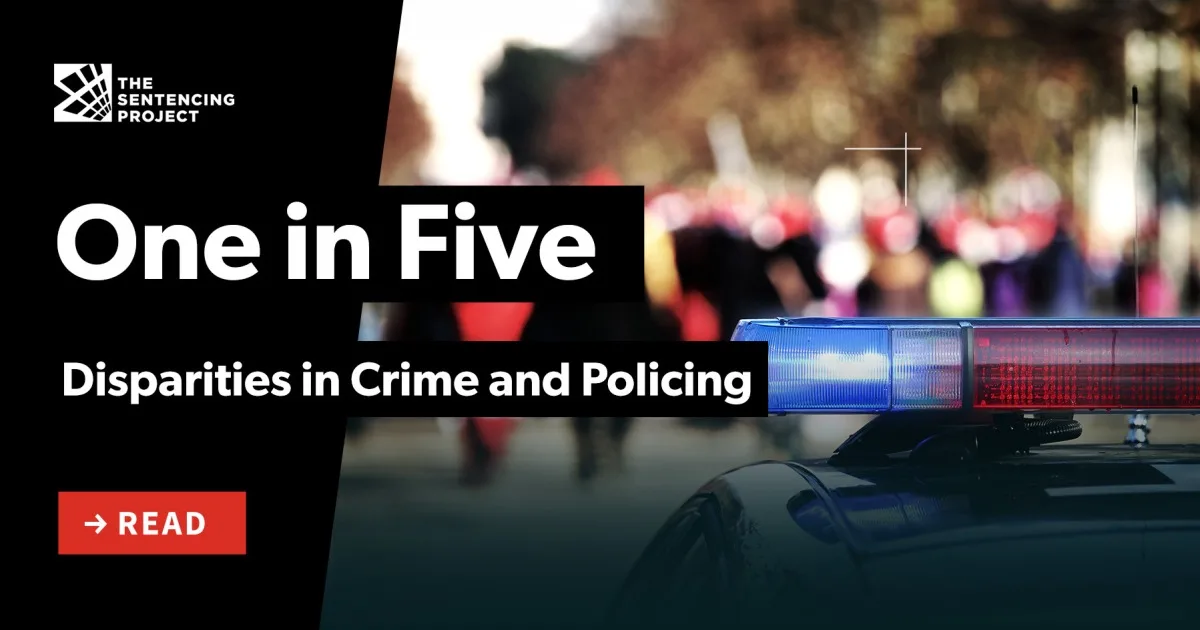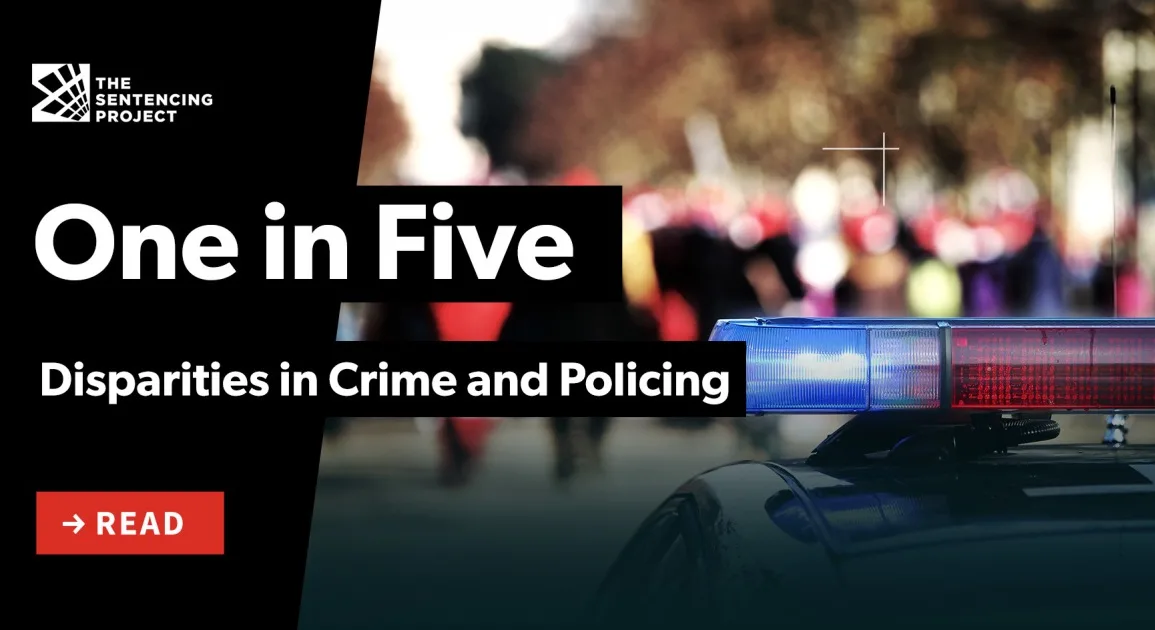
Right-Sizing Policing and Increasing Accountability
To reduce the scale of police contact and the negative consequences that disproportionately ensue for people of color, several jurisdictions have worked to limit police intervention for nonviolent offenses on the roads, streets, and in schools, as well as to develop policies that increase police accountability. This has been accomplished through drug legalization and decriminalization policies, reduced enforcement of low level-crimes and traffic violations, and investments in crisis-response alternatives. Police departments are also making efforts to improve code-of-conduct standards, bolster duty-to-intervene policies, and increase diversity among officers. Law enforcement agencies have also pursued implicit bias training and body-worn cameras—initiatives that have not yet had the desired impact, as discussed below.
A. Reducing the Scope of Police-Initiated Contact
Decriminalizing and Legalizing Drug Use
As of October 2023, 31 states and the District of Columbia have decriminalized possession of small amounts of marijuana. Twenty-four of those jurisdictions have taken the next step and fully legalized the drug for adult recreational use. These efforts have helped reduce the number of people arrested for marijuana possession from a peak level of 585,000 in 2009 to 377,000 in 2019. Still, 29% of drug arrests in the United States in 2019 were for marijuana possession, reflecting the need for greater adoption of legalization and decriminalization laws.
Limiting Police-Intervention in Minor Traffic Infractions
State and city lawmakers as well as local prosecutors are reducing police enforcement of minor traffic violations, which are often used as a pretext for criminal investigation and can become fatal for drivers. In 2021, Philadelphia passed the Driving Equality Act and became the first major city to prohibit police from making non-public safety traffic stops—such as for driving with a broken taillight or with a registration plate that is not clearly displayed. Philadelphia’s police may now only pull a driver over and ticket them if they have committed a “primary violation,” such as dangerous driving. Enforcement of minor traffic violations will fall upon unarmed, trained members of the city’s transportation department. In 2021, Virginia enacted a law that limits police from stopping drivers for vehicle code violations such as defective tail lights, dark window tint, or objects dangling from the rearview mirror. Police may only stop or arrest a driver if they have committed a more serious offense, such as speeding or reckless driving. Virginia’s reform resulted in a significant reduction in the number of Black drivers stopped and searched. Though efforts from police unions to overturn Philadeliphia’s reforms were rejected by the courts, Virginia’s reforms remain under threat and are up for potential repeal by the state legislature in 2024. Los Angeles, Minneapolis, Memphis, TN, Berkeley, CA, Ann Arbor, MI and Fayetteville, NC, have made similar efforts to limit enforcement of minor traffic stops.
In the absence of state or citywide reforms to non-public safety traffic stops, some prosecutors have acted to change the incentives and outcomes of policing. In Minnesota, the Ramsey County Attorney John Choi, in collaboration with the Saint Paul Police Department and the Ramsey County Public Defender’s Office, adopted a policy of declining to file possession-of-contraband charges in cases where an officer searched a motorist after stopping them for a minor traffic infraction. Similarly, in Vermont, Chittenden County State’s Attorney Sarah George declared that her office would decline to prosecute cases in which evidence was obtained during traffic law violations that did not endanger others.
Limiting Investigative Pedestrian Stops
Investigative pedestrian stops remain a vital issue in need of reform and some progress has been made to limit stop-and-frisk policies in the last decade. In 2013, Judge Shira A. Scheindlin declared New York City’s investigative pedestrian stops discriminatory and unconstitutional in response to a federal class action lawsuit filed by the Center for Constitutional Rights. In the decade since this ruling, the city’s number of annual stop-and-frisks recorded fell from over 500,000 stops in 2012 to just over 15,000 in 2022. As racial discrimination and unchecked police authority remain an issue across investigatory stops, the ACLU continues to play a leading role in fighting renewed calls for adoption of stop-and-frisk policies in cities across the country.
Removing Police from School Disciplinary Procedures
Several school districts have enacted new school disciplinary policies to reduce racial disparities in out-of-school-suspensions and police referrals. In 2021, Los Angeles schools nearly eliminated police-issued truancy tickets and redirected their reliance on police officers to fund the hiring of counselors, nurses, and restorative justice practitioners. Since the creation of the Philadelphia Police School Diversion Program in 2014, students with no prior criminal history who have been arrested for misdemeanors are not charged with a criminal offense. Instead, they are directed into a diversion program. As a result, there has been a major drop in arrests in the city’s schools.
In the years following George Floyd’s 2020 murder, calls for similar police reforms and racial justice in schools expanded. Many school districts joined in taking a closer look at their policing practices, with 55 districts moving to eliminate school resource officers from their schools. As discussed later, some of these reforms have unfortunately not been sustained.
Investing in Crisis-Response Alternatives
In response to the high levels of police contact among people with mental illness, the federal government has devoted $1 billion over 10 years for states that set up co-responder and alternative first responder approaches to incidents involving mental illness, substance use problems, or homelessness. Co-responder models pair officers with unarmed community responders, whereas alternative first responder models remove law enforcement from the first response altogether. Exemplifying the latter is the Crisis Assistance Helping Out On The Streets (CAHOOTS) program implemented in Eugene, Oregon. CAHOOTS dispatches mental health professionals to 20% of 911 calls which are related to welfare checks, mental health episodes, public intoxication, or death notices. New Jersey and cities such as Albuquerque, NM, Ann Arbor, MI, Boston, Denver, Los Angeles, and Olympia, WA, have piloted similar initiatives.
Other cities have implemented programs that limit reliance on criminal punishment. In 2011, Seattle introduced the first Law Enforcement Assisted Diversion (LEAD) program, a community-based diversion approach for responding to low-level criminal offenses like illicit drug possession or sex work. Instead of entering the criminal legal system, diverted individuals receive supportive services including housing and substance use treatment. Recognizing its success, communities across 21 states are implementing the program. In recent years, the LEAD model has come under increased scrutiny for centering police in the provision of social services.
B. Increasing Police Accountability
Reducing Use of Force and Bolstering Intervention and Oversight Policies
Reckoning with the too often violent and racially discriminatory interactions across traffic and pedestrian stops, cities have begun to revisit the considerable leeway provided to police on when to use force. Given the “objectively reasonable” standard created by the Supreme Court, states and local police departments have restricted or provided guidelines on when certain types of force can be used. In addition, most of the nation’s largest police departments have adopted duty-to-intervene policies, to prompt officers to act when they witness inappropriate or unlawful behavior from colleagues. Both Colorado and Washington State impose criminal liability or mandatory decertification for officers who fail in their obligation to intervene in or to report such instances. Organizations such as the ACLU have also identified several structural barriers that need to be addressed to make civilian oversight effective.
The federal government has stepped in to curb abuses in policing. The Department of Justice investigated 69 local police departments between 1994 to 2017, entering into consent decrees or memoranda of understanding with 40 cities across the country to reduce excessive force and/or to protect civil rights. Consent decrees have generally led to improved outcomes, though some police departments struggle to sustain reforms.
Bringing Justice to Police Misconduct
Several jurisdictions are also increasing accountability for misconduct and crime, often amidst fierce opposition from police unions. Massachusetts decertifies officers for misconduct, which includes making false arrests or using excessive force that results in death or serious bodily injury. Connecticut, Maryland, and Wisconsin have passed laws requiring special prosecutors to handle cases of police misconduct in order to address the potential conflict of interest with local district attorneys. Colorado restricted qualified immunity in 2020, increasing liability for officers who violate constitutional rights, and requiring that local governments ensure that people whose rights have been violated by police will be compensated. The federal George Floyd Justice in Policing Act, whose reforms included restricting qualified immunity and creating a national police misconduct registry, passed in the House in 2021 but failed in the Senate. Police unions and the International Association of the Chiefs of Police fiercely opposed several key provisions, including restricting qualified immunity and permitting use of force only when necessary.
Diversity in Policing
Although most police departments are less diverse than the populations they serve, many urban areas have narrowed this gap. A diverse police force alone will not remedy abusive policing, yet some recent studies suggest that increasing the representation of officers of color reduces stops, arrests, and police violence against Black Americans. Some of the country’s largest police departments, including New York City, Los Angeles, Chicago, and Dallas have worked to diversify their police forces, gaining more Black, Latinx, and Asian officers, as well as police chiefs of color. In departments that served one million people or more in 2020, 47% of officers were white, 30% were Latinx, and 16% were Black. Diversity is far more limited at the national level where 69% of officers are white, 14% are Latinx, and 12% are Black. Similarly, 53% of police chiefs in departments serving 250,000 or more residents are people of color, but this figure falls to 13% among police chiefs nationwide. While increasing the representation of communities of color among criminal legal professionals is necessary, it is insufficient for ending injustice. As the Center for Policing Equity has noted, “Law enforcement policies, procedures, and culture…are shaped by White supremacy. Any [police] officer working in such a system risks finding themselves engaged in behavior that is racist in nature, even if they do not, personally, hold racist beliefs or are themselves, Black.”
Interventions with Limited Impact on Excessive and Disparate Policing: Implicit Bias Training and Body-Worn Cameras
Many police departments have responded to calls for justice in policing by implementing implicit bias training and expanding the use of body cameras. There is value to these reforms, yet evidence does not support their ability to successfully and adequately address the root causes of bias and discrimination that pollute police departments and policing policies.
Implicit bias training raises awareness of bias and seeks to minimize its impact. But analyses of police departments’ implementation of these trainings for their officers show a considerable variance in quality and their effect on officer behavior is unclear. Jennifer Eberhardt, professor of psychology at Stanford University, advises that organizations offering anti-bias training must avoid “moral credentialing,” wherein completion of training is used to dismiss concerns about problematic behavior and policies. Such training could, she warned, displace the hard work of mitigating the impact of bias through monitoring and addressing the cultural practices and policies that produce inequities.
Similarly, research has found limited impact from the use of body cameras worn by officers to reduce their excessive use of force. A study of the New York City Police Department’s use of body-worn cameras identified an increase in the legitimacy of police stops, decrease in complaints filed against officers, as well as a reduction in arrests. However, body-worn cameras remain an unproven and insufficient defense against police use of force and must be accompanied by more robust reforms to code-of-conduct policies.


